Emixef 30ml
130.00৳ Bottle (30ml)
- Emixef is a third-generation cephalosporin antibiotic effective against various Gram-positive and Gram-negative bacteria.
- It is indicated for treating acute infections, including upper and lower respiratory tract infections, urinary tract infections, and typhoid fever.
- The recommended dosage varies by age and infection severity, with adjustments for renal impairment.
- Common side effects include gastrointestinal disturbances, headache, and hypersensitivity reactions.
- Caution is advised in patients with a history of drug allergies, and its use during pregnancy and lactation should be considered carefully.
 Brand
Brand
|
Incepta Pharmaceuticals Ltd |
|---|---|
 Generics
Generics
|
Cefixime Trihydrate |
 Type
Type
|
Powder for Suspension |
Indications
Emixef is an orally active cephalosporin antibiotic known for its significant in-vitro bactericidal activity against a diverse range of both Gram-positive and Gram-negative bacteria. This medication is prescribed for treating various acute infections caused by susceptible microorganisms.
- Upper Respiratory Tract Infections (URTI): Includes conditions such as otitis media and other upper respiratory infections where the causative agent is either identified or suspected to be resistant to commonly used antibiotics. This is particularly crucial in cases where treatment failure poses considerable risk.
- Lower Respiratory Tract Infections: Such as bronchitis.
- Urinary Tract Infections: This encompasses conditions like cystitis, cystourethritis, and pyelonephritis. Clinical efficacy has been confirmed against prevalent pathogens, including Streptococcus pneumoniae, Streptococcus pyogenes, Escherichia coli, Proteus mirabilis, Klebsiella species, Haemophilus influenzae (both beta-lactamase positive and negative), Moraxella catarrhalis (also both positive and negative for beta-lactamase), and Enterobacter species. Notably, Emixef exhibits remarkable stability against beta-lactamase enzymes.
Please use this medication only as directed by a registered healthcare professional.
Pharmacology
Cefixime is a third-generation, semisynthetic cephalosporin antibiotic designed for oral administration. It is effective against a wide spectrum of Gram-positive and Gram-negative bacteria at easily achievable plasma concentrations. The mechanism of action involves disrupting bacterial cell wall synthesis, leading to bactericidal effects. Cefixime maintains high stability in the presence of beta-lactamase enzymes, making it suitable for treating many organisms resistant to penicillins and some cephalosporins due to these enzymes. Its absorption ranges from 40% to 50%, regardless of food intake.
Dosage & Administration
The absorption of Cefixime is minimally affected by food intake. The typical treatment duration is 7 days but may be extended to 14 days if necessary.
- Adults and Children Over 10 Years: The recommended dosage is between 200 mg and 400 mg daily, depending on infection severity, administered as a single dose or divided into two doses.
- Elderly: They can be prescribed the same dosage as adults, but renal function should be monitored, and adjustments made for severe renal impairment.
- Children: For children, the recommended dosage is 8 mg/kg/day, given as a single dose or in two divided doses. General guidelines for prescribing in children include:
- 6 months to 1 year: 3.75 ml daily
- 1-4 years: 5 ml daily
- 5-10 years: 10 ml daily
In cases of typhoid, the recommended dosage for children is 5 mg/kg body weight twice daily for 10-14 days. Children weighing over 50 kg or older than 10 years should receive the adult dosage of 200-400 mg daily, depending on infection severity.
Safety of Cefixime in Children Under 6 Months: The safety and efficacy of this medication have not been established for infants under 6 months of age.
Dosage in Renal Impairment
Cefixime can be safely administered in patients with impaired renal function. Normal dosing can be used for those with creatinine clearance of 20 ml/min or greater. For patients with creatinine clearance less than 20 ml/min, the maximum recommended dose is 200 mg once daily. Dosing guidelines for patients on chronic ambulatory peritoneal dialysis or hemodialysis follow the same recommendations as those with reduced creatinine clearance.
Please use this medication only as directed by a registered healthcare professional.
Interactions
Similar to other cephalosporins, some patients may experience increased prothrombin times. Caution is advised for patients receiving anticoagulant therapy.
Contraindications
This medication should not be used by individuals with a known hypersensitivity to cephalosporin antibiotics.
Side Effects
Emixef is generally well-tolerated, with most adverse reactions observed in clinical trials being mild and self-limiting. Common side effects include gastrointestinal disturbances, such as diarrhea and changes in stool; these are more prevalent at higher doses. Less frequently reported gastrointestinal issues include nausea, abdominal pain, dyspepsia, vomiting, and flatulence. There have been reports of pseudomembranous colitis.
Other side effects may include:
- Central Nervous System: Headache and dizziness.
- Hypersensitivity Reactions: Allergic responses such as rash, pruritus, urticaria, drug fever, and arthralgia have been noted, usually resolving after discontinuation of the drug.
- Hematological Changes: Thrombocytopenia, leukopenia, and eosinophilia, though infrequent and reversible.
- Liver and Renal Function: Mild transient changes in tests have been observed, along with possible genital pruritus and vaginitis.
Pregnancy & Lactation
There is a lack of adequate and well-controlled studies in pregnant women. Due to the unpredictability of animal reproduction studies in relation to human response, Emixef should be used during pregnancy only if clearly necessary. The excretion of Cefixime in human breast milk is unknown, so caution is advised when administering this drug to nursing mothers.
Precautions & Warnings
Cefixime should be used with caution in individuals with a history of hypersensitivity to other drugs. Patients sensitive to penicillins should be particularly monitored, as there is evidence of cross-allergenicity between penicillins and cephalosporins. Severe reactions, including anaphylaxis, have occurred in patients sensitive to either drug class. Should an allergic reaction occur while taking Emixef, the medication must be discontinued, and appropriate treatment administered.
Careful administration is required in patients with significantly impaired renal function. Treatment with broad-spectrum antibiotics can disrupt normal gut flora, potentially leading to overgrowth of clostridia. Research has indicated that a toxin produced by Clostridium difficile is a primary cause of antibiotic-associated diarrhea.
Overdose Effects
In cases of overdose, gastric lavage may be necessary; however, no specific antidote exists. Emixef is not significantly removed from circulation via hemodialysis or peritoneal dialysis. Adverse reactions were not significantly different in healthy adults receiving single doses up to 2 g compared to those treated at the recommended doses.
Therapeutic Class
Third Generation Cephalosporins
Storage Conditions
Store below 30ºC, protected from light and moisture. Keep out of reach of children.





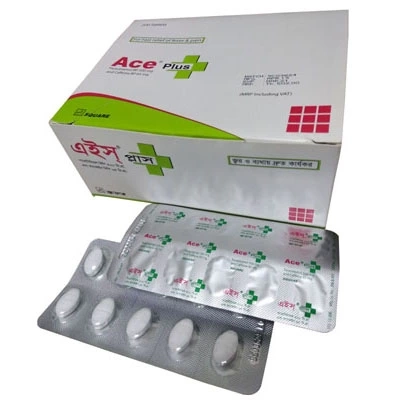
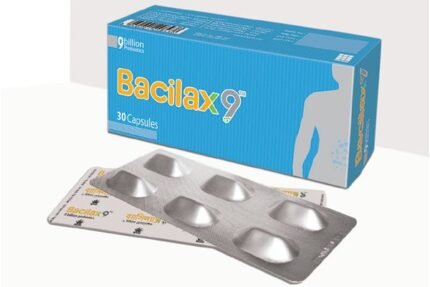
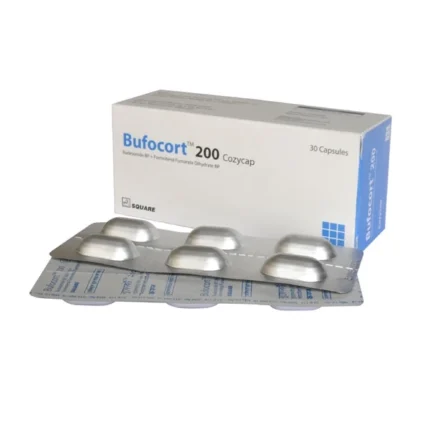



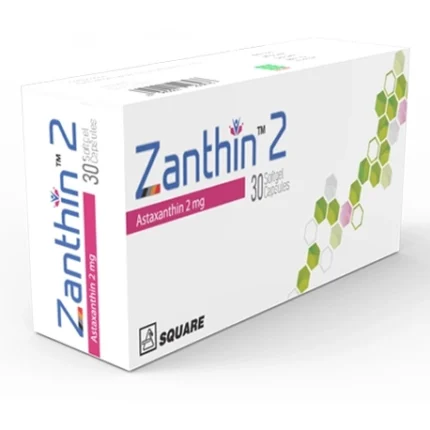
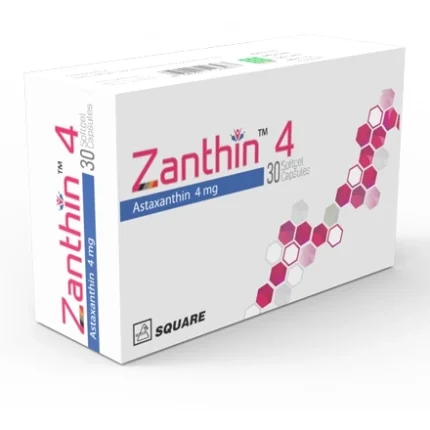
Reviews
There are no reviews yet.